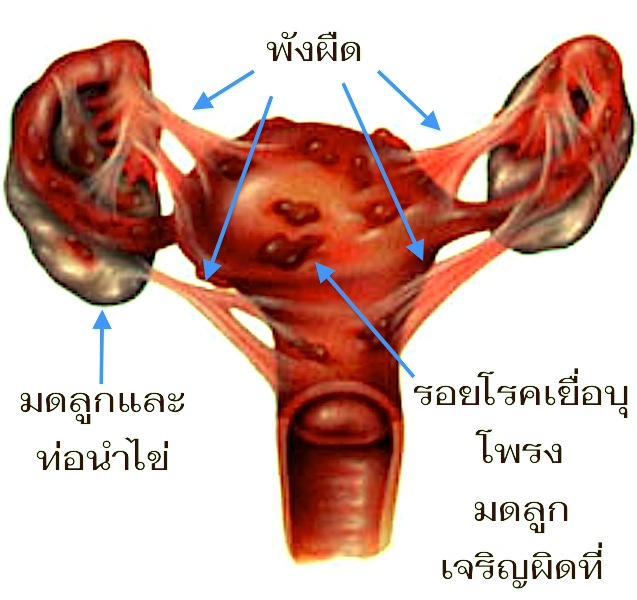In the medical field, infertility is defined as the inability of a couple to conceive after at least one year of regular, unprotected sexual intercourse. In recent years, infertility has become increasingly prevalent across all age groups.
For further information or Booking..
Causes of Infertility: Both Men and Women Are Affected
Infertility can be attributed to a variety of factors and is generally divided into two main categories:
-
Male factors: 30–40% of all cases
-
Female factors: 30–40% of all cases
-
Unexplained causes: Approximately 10% of cases
In some instances, both partners may contribute to infertility, making it essential to evaluate both male and female reproductive health. Addressing both sides ensures more accurate diagnosis and effective treatment planning, which improves the chances of successful conception.
Therefore, when facing difficulties conceiving, both partners should seek medical evaluation together. This approach allows for comprehensive testing and emotional support, which can be highly beneficial throughout the fertility journey.
Female Infertility: The Leading Causes
1. Anovulation: The Most Common Cause
The most frequent cause of infertility in women is anovulation, or the absence of ovulation. One common misconception is that having regular menstrual periods means that ovulation is occurring regularly — but this is not always the case.
In women who ovulate normally, cycles are typically regular and occur every 28 days. However, women with irregular menstrual cycles may not be ovulating consistently, even if they bleed each month. In some cases, bleeding occurs without actual ovulation, meaning no egg is released during that cycle.
Anovulation occurs when the egg fails to fully mature during the mid-phase of the menstrual cycle. As a result, ovulation does not occur, and the egg is not released from the ovarian follicle to travel through the fallopian tube to meet the sperm.
A mature egg usually measures about 2 cm and produces estradiol, a hormone that stimulates the hypothalamus to release luteinizing hormone (LH) — the key trigger for ovulation. When the egg does not develop properly, estradiol is not produced, and LH is not released, resulting in lack of ovulation.
2. Blocked Fallopian Tubes: The Second Leading Cause
Another major cause of infertility in women is blocked fallopian tubes. The fallopian tubes connect the ovaries to the uterus and serve as the pathway where the egg and sperm meet. Each woman has two fallopian tubes, and fertilization typically occurs halfway along the tube.
After fertilization, the embryo travels down the fallopian tube and implants itself in the uterus to begin development.
If either or both fallopian tubes are blocked — regardless of where the blockage occurs — it becomes impossible for the egg and sperm to meet, preventing natural fertilization. This condition significantly reduces the chances of conception and may require medical intervention such as IVF.
The most common cause of blocked fallopian tubes is previous infection in the pelvic region, which may not have any symptoms in some cases. However, after the inflammation subsides, what remains is the formation of scar tissue in the fallopian tubes, causing them to become blocked. This scar tissue often extends beyond the surface of the fallopian tubes and reaches the surrounding areas of the uterus, the egg sac, and the fallopian tubes themselves.

Another contributing factor to blocked fallopian tubes is the presence of pelvic adhesions.
Pelvic adhesions are bands of scar tissue that form between pelvic organs and are often likened to internal “wounds” within the pelvic cavity.
These adhesions can develop between various structures such as the ovaries, ovarian sacs, and fallopian tubes—disrupting the normal movement of the egg and potentially obstructing its path.
Pelvic adhesions are typically the result of tissue damage, which may occur due to surgery, infections, inflammation, or underlying conditions such as endometriosis. The healing process from such damage can lead to the formation of these thin, fibrous bands.
While some adhesions may be harmless, dense or strategically located adhesions can pose significant problems. For example, they can wrap around or compress the fallopian tubes, causing blockages, or constrict parts of the intestines, leading to intestinal obstruction—a potentially serious complication.

















